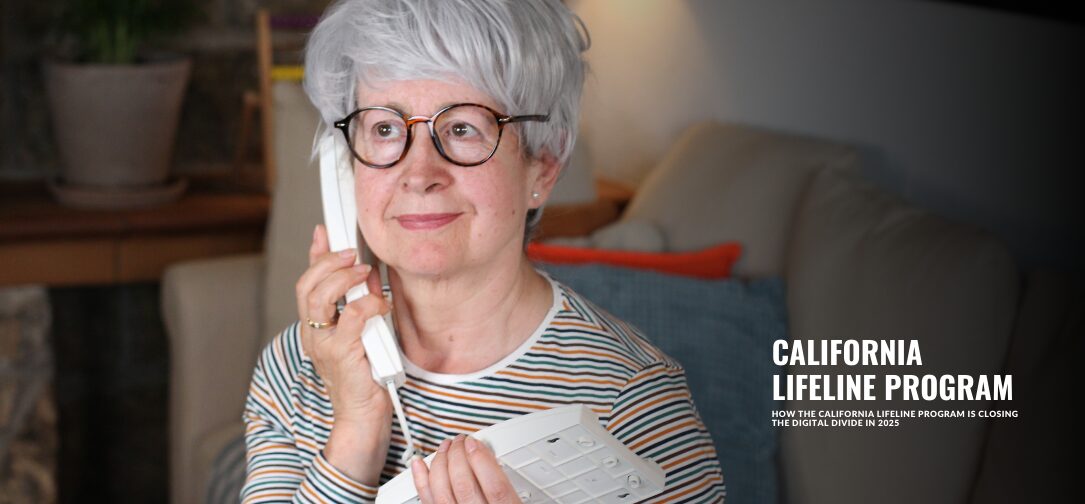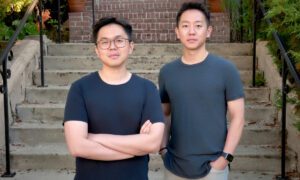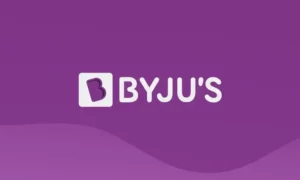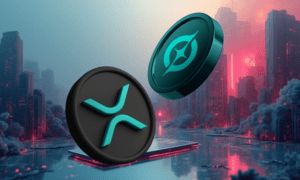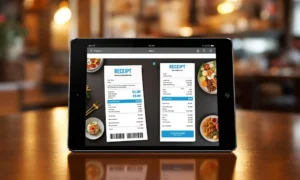The California Lifeline program has managed to gradually, but consistently, reduce the digital divide by 2025. The program aims to provide affordable landline and internet services to the aid-receiving households all over the state, dealing directly with the connectivity problem. Recent California Lifeline participation data shows promising growth in rural community adoption rates as the program expands its reach to previously underserved areas.
The Evolution of Digital Access in California
Do you remember the days when it was nice to have the internet, but it was not necessary? Those days have disappeared. Having internet access is practically a necessity in this digital age. Every one of us needs proper connection for things like job applications, healthcare appointments, education, and government services, to name a few.
The divide between connected and disconnected California residents created legitimate concerns. Rural areas were the most affected, suffering from bad coverage, especially in hilly and sandy areas. On the other hand, urban poor neighborhoods faced totally different challenges: the services that existed were unavailable at affordable prices.
California Lifeline made sure to increase the programs. It was not just about maintaining the previous option but also expanding the options quite quickly. California Lifeline has made sure that communications services are affordable to a vast number of people who live below the poverty line in California. Now the program is constantly changing and improving to ensure users’ safety from any form of fraud and also to prevent it.
As inventions and discoveries continue to unfold, so does the Lifeline scheme. The Lifeline is no exception to this. Last year, the FCC was focused on working towards reshaping Lifeline’s structure; the primary goal was to allow more people access to it through broadband internet. This is a direct result of the realization that internet access is now a prerequisite for full participation in the society of today, whether it is education, job, health, or social services.
How Today’s Program Works
The California Lifeline program operates with remarkable simplicity despite its wide reach. There are two options through which eligible participants may qualify for the Program: (1) Program–based eligibility, enrolling in the eligible public assistance program, or (2) Income-based eligibility, meeting the required income threshold (household income at or below 135% of federal poverty guidelines). 95% of participants have signed up exclusively through program-based eligibility.
You probably have the opportunity to get California Lifeline benefits if you or any of your family members are on the list of these government welfare schemes:
- Medicaid/Medi-Cal
- Low Income Home Energy Assistance Program (LIHEAP)
- Supplemental Security Income (SSI)
- Federal Public Housing Assistance or Section 8
- CalFresh, Food Stamps or Supplemental Nutrition Assistance Program (SNAP)
- Women, Infants and Children Program (WIC)
- National School Lunch Program (NSLP)
- Temporary Assistance for Needy Families (TANF)
- California Work Opportunity and Responsibility to Kids (CalWORKs)
- Tribal TANF
- Bureau of Indian Affairs General Assistance
- Head Start Income Eligible (Tribal only)
- Food Distribution Program on Indian Reservations
- Federal Veterans and Survivors Pension Benefit Program
What’s changed since 2024? Plenty. The California Lifeline program has additional updates and improvements to come in 2025, such as the introduction of a new enrollment pathway that is not dependent on Social Security Numbers for those who are unable to provide the last 4 digits of their SSN; this change aims to facilitate access for an even larger number of residents who are eligible but usually are left out.
A good portion of the households in the rural areas say that their quality of life has increased due to the enrollment. For example kids do their homework in the comfort of their homes now instead of moving to the public Wi-Fi spots, while the adults look for jobs and access to the sites where they can apply but not just that, the employees can do their work from everywhere completing jobs that were not previously possible without a reliable connection.
Breaking Down the Numbers
Let’s introspect on the real scenario. The figures of the subscribers have swelled from 1,606,171 to 1,712,623, which corresponds to a total of 6.63% growth rate in the state for the period from September 2024 to December 2024. The California Lifeline program is currently subscribed to by 1.7 million people as of January 2025. But California’s eligible families seem to be slow in claiming the government-supplied free mobile phone. Just 37% of eligible families statewide have taken advantage of free wireless service from Cliq Mobile.
Where has growth boomed most? These five counties have led the charge since December 2024:
- Los Angeles
- San Bernardino
- San Diego
- Riverside
- Orange
Following these regions with the highest participation and biggest impact are Sacramento, Fresno, Kern, Alameda, and Santa Clara.
Program Innovations That Actually Work
California Lifeline hasn’t just grown—it’s evolved. Cliq Mobile is one of the Lifeline providers that may distribute phones for free to certain subscribers. These are often basic smartphones that provide essential calling and internet features. Some providers may offer tablets, too.
So what’s working best?
The program of the California Lifeline subdivision continually explores new avenues for improvement through the adoption of pilot projects and collaboration with government agencies, private businesses, and non-profit entities. One major initiative is the iFoster Pilot Program (iFoster), designed to provide eligible foster youth from age 13-26 with smartphones and cellular services free of charge.
Another one of the key initiatives is the implementation of a new online protocol, the Electronic Claims Application Portal (eCAP), for service providers to submit claims for reimbursement to the Program. eCAP replaces the submission method where service providers submit claims via email. eCAP is a technology platform that uses a typical architecture and strategy to automate the electronic intake, routing, tracking, disposition, and status of documents. eCAP manages claims reimbursements to six Public Purpose Programs, including California Lifeline.
Economic Impact Beyond Connectivity
The California Lifeline Program generates broader economic benefits beyond just connecting people. How? Job seekers with reliable internet find employment faster. Small businesses connect with more customers. Students complete their education with fewer interruptions.
Providing access to healthcare facilities is yet another significant way in which the program’s economic impact is reflected. This solution to the problem of distance applies to telehealth visits, where the patients in rural areas will not need to spend on transportation. Online consultations are the best way whereby patients can access the preventive care they need. Furthermore, seeing the doctor through a virtual visit reduces the need for emergency room treatment. This is how the money saved in healthcare can be shared between the families as well as the state health system.
Small business owners utilizing the program frequently report significant operational improvements. A lot of them are advertising their services for the first time, setting up appointment systems, speaking to wider audiences, which all proves that affordable connection actively contributes to economic growth in the community.
Conclusion
The service provided by the program has turned out to be a significant factor in linking disconnected communities to essential telehealth, education, and critical family and friend support systems. California Lifeline continues to make progress by adjusting to the fast-changing market and users’ needs.
The California Lifeline is a testament to what happens when the state properly addresses and caters to genuine needs through allocation of the right resources. This program is not exempt from challenges—no program is—but it is a true asset for digital inclusion. The digital divide hasn’t disappeared, but it’s shrinking faster than most experts predicted possible.
If you think you qualify for California Lifeline, the first step is to contact the home or cell phone company you intend to inform about the application procedure for California Lifeline. This company has to be a California Lifeline-approved telephone service provider. Once you notify them that you meet the qualifications, the home or cell phone company will take the necessary steps to start the application process.
References:
California Public Utilities Commission. (2023). California LifeLine 2023 Annual Report. https://www.cpuc.ca.gov/-/media/cpuc-website/divisions/communications-division/documents/lifeline/annual-reports/ca-lifeline-2023-annual-report.pdf
California Public Utilities Commission. (n.d.). LifeLine. Retrieved May 21, 2025, from https://www.cpuc.ca.gov/lifeline/
California LifeLine. (n.d.). California LifeLine Program. Retrieved May 21, 2025, from https://californialifeline.com/en
CliqMobile. (n.d.). California. Retrieved May 21, 2025, from https://www.gocliqmobile.com/states/california
USC Annenberg Research Network on International Communications. (2023). MEDIA Case Study 3: California LifeLine. https://arnicusc.org/wp-content/uploads/2023/03/MEDIA-Case-Study-3-CA-LifeLine-FINAL.pdf
Cliq Mobile. (2025). Total Lifeline Subscribers in California.
https://www.gocliqmobile.com/california-lifeline-stats

